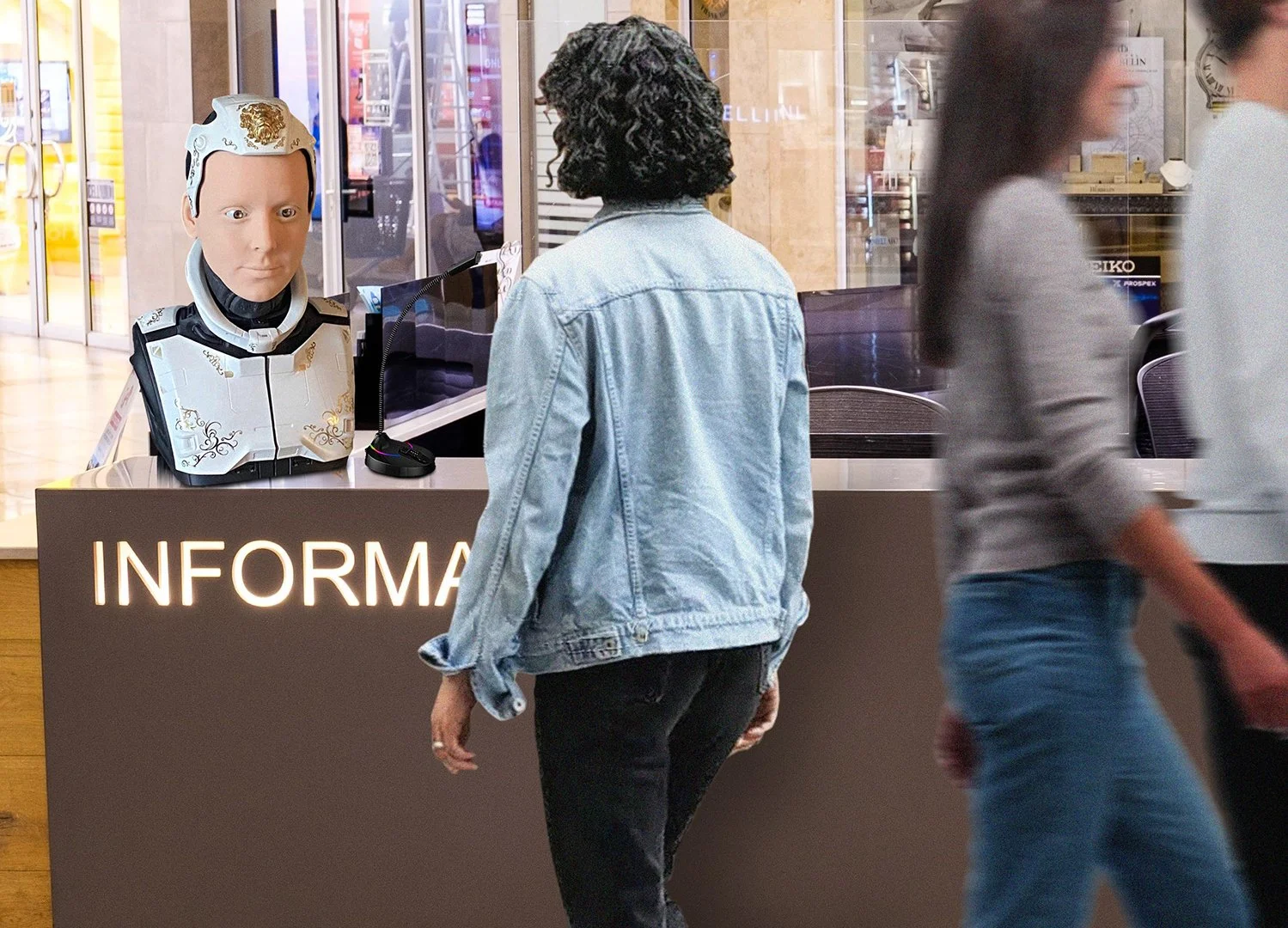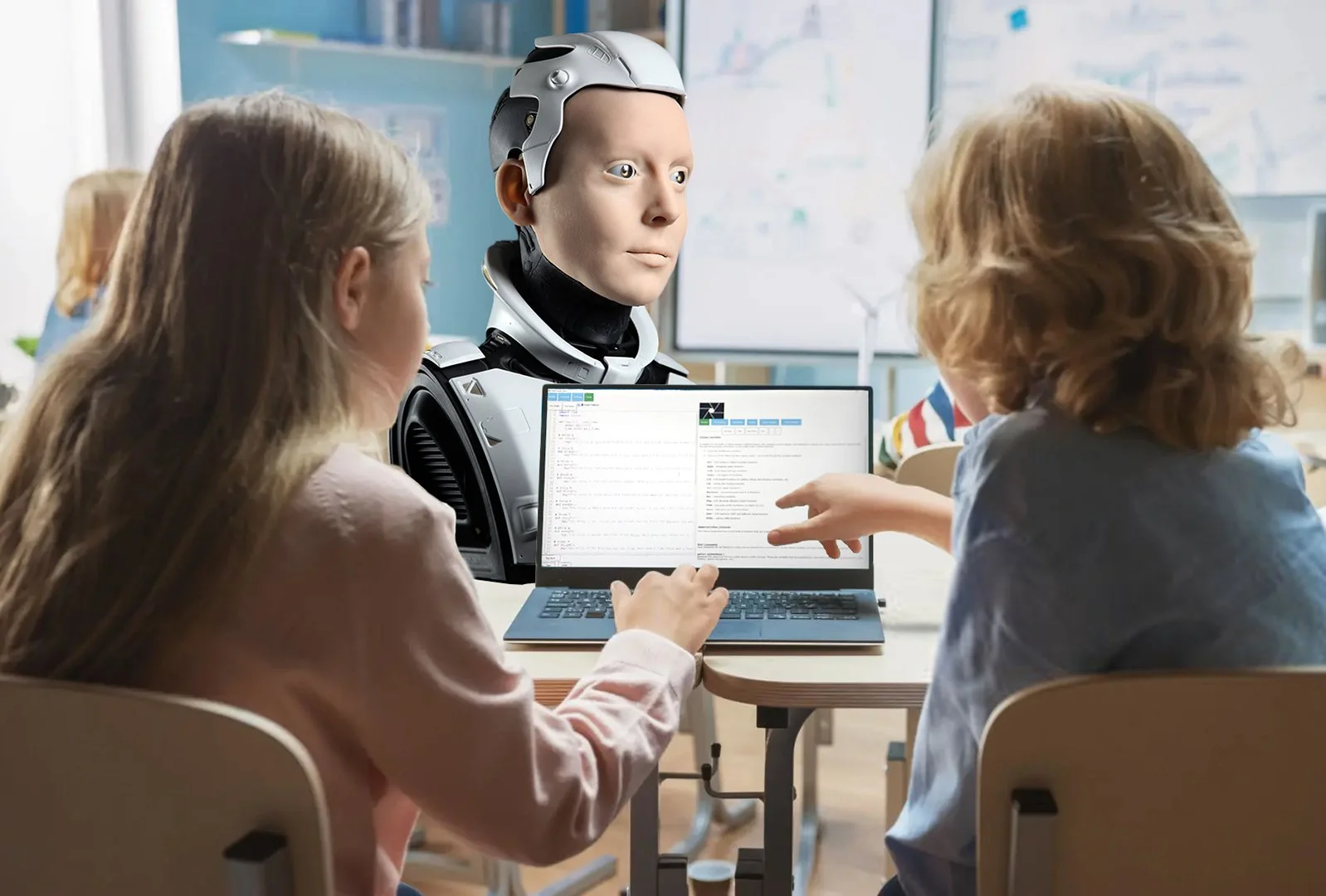It is suitable for different fields!
Exhibition hall
-
Robots can contribute to various aspects of museum operations, enhancing visitor experiences, improving security, and streamlining management tasks. Here are several ways in which robots can be employed in museums:
Visitor Assistance:
Guided Tours: Robots can provide interactive and informative guided tours, offering details about exhibits, artists, and historical contexts.
Multilingual Support: Language-processing capabilities can enable robots to communicate with visitors in multiple languages, making the museum more accessible to a diverse audience.
Exhibit Monitoring and Security:
Information Desks:
Visitor Information: Robots can assist visitors by providing information about museum hours, ticket prices, and upcoming events.
Interactive Displays: Robots with touchscreens can offer interactive displays, allowing visitors to explore additional information about exhibits.
Educational Programs:
Interactive Learning: Robots can engage visitors, especially children, in educational games and activities related to the museum's collections.
Accessibility Services:
Assistance for Individuals with Disabilities: Robots can be programmed to assist visitors with disabilities by providing information, guiding them through the museum, or offering additional support as needed.
Audio Descriptions: Robots equipped with speakers can provide audio descriptions of exhibits for visually impaired visitors.
Interactive Art Installations:
Robotic Art: Museums can incorporate robotic installations as a form of interactive art, engaging visitors in novel and creative ways.
Shopping Malls
-
Robots can be deployed in shopping malls and corporate information desks to enhance customer service, improve operational efficiency, and provide a futuristic and engaging experience. Here are several ways in which robots can be utilized in these environments:
Customer Assistance:
Guidance: Robots can help customers navigate through the mall or corporate building, providing directions to specific stores, offices, or facilities.
Product Information: Robots equipped with information databases can offer details about products, promotions, and services available in the mall or within the corporate premises.
Information Desks:
Customer Queries: Robots can handle basic customer inquiries, providing information about the mall layout, current promotions, and general information about the businesses located within.
Multilingual Support: Language-processing capabilities can enable robots to communicate with customers in multiple languages, improving accessibility and customer service.
Entertainment and Engagement:
Interactive Displays: Robots with touchscreens or interactive displays can engage customers with entertaining content, promotions, and interactive games.
Promotional Activities: Robots can be programmed to perform promotional activities, such as handing out flyers or samples to shoppers.
Corporate Activities
-
Robots can play a significant role in corporate buildings and activities by improving efficiency, security, and overall workplace experience. Here are several ways in which robots can assist in corporate environments:
Reception and Concierge Services:
Information Provision: Robots can provide information about the building, meeting rooms, and general corporate policies.
Routine Tasks: Robots can automate repetitive tasks, freeing up employees to focus on more complex and strategic responsibilities.
Data Entry: Robots can assist with data entry, reducing the likelihood of errors and improving data accuracy.
Customer Service Support:
Internal Help Desk: Robots can assist employees with common IT issues, HR inquiries, and other internal support services.
FAQ and Information Retrieval: Robots can provide information about corporate policies, procedures, and frequently asked questions..
Children Education
-
Working with S.T.E.A.M. (Science, Technology, Engineering, Arts, and Mathematics) in education involves integrating these disciplines to promote a holistic and interdisciplinary approach to learning. Here are some ways you can incorporate S.T.E.A.M. principles into education with a focus on robotics:
Incorporate Arts (A) into STEM:
Emphasize the importance of creativity and design in S.T.E.A.M. projects. Encourage students to use artistic elements when designing robots or engineering solutions.
Explore the intersection between technology and the arts, such as digital art, multimedia projects, or using robotics in artistic performances.
Technology and Coding:
Integrate coding and programming into robotics projects. This helps students develop computational thinking and problem-solving skills.
Use platforms like Scratch, Python, for programming robots, making it accessible for students at various skill levels.
Real-World Problem Solving:
Pose real-world problems that require S.T.E.A.M. solutions. This encourages students to apply their knowledge to address challenges in their community or beyond.
Assessment through Portfolios:
Evaluate student progress through portfolios that showcase their S.T.E.A.M. projects, problem-solving approaches, and reflections on the learning process.
Professional Development for Educators:
Provide ongoing professional development opportunities for teachers to stay updated on the latest S.T.E.A.M. trends, technologies, and teaching methodologies.
In front of shopping malls and corporate information desks
Libraries, museums, science and technology exhibition halls
Elderly escorts
Children's education
Business activities
Robot researchers learning from basic to advanced levels
Individuals entering future-related artificial intelligence jobs
Film stunt makers
Technology enthusiast
Portrait sculptors





